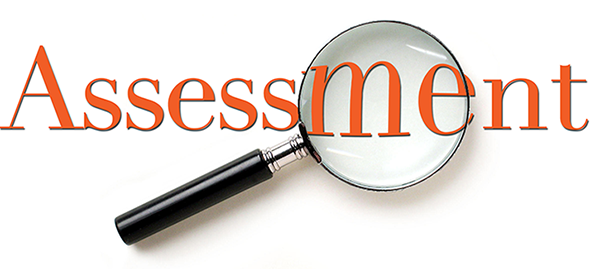"Leadership is an action, not a position." — Donald McGannon
Often managers spot a chance to do something valuable for their company, but for some reason, they cannot get started. Even if they begin the project, they give up when they see the first big hurdle. The inability to take purposeful action seems to be pervasive across companies. Managers tend to ignore or postpone dealing with crucial issues which require reflection, systematic planning, creative thinking, and above all, time.
If you do nothing, nothing changes. Things at rest have a tendency to remain at rest. Be aware of items that stall your action. It's better to have a 50-percent improvement right away than it is to take no action and hope for a 100-percent improvement sometime in the future.
The only cure for inactivity is action. That’s why the first step in creating a successful culture of execution is creating a bias toward action. People who make things happen need to be praised and rewarded. People who don’t should be coached to change, or weeded out. Failure cannot be unduly punished. Unless people feel free to make mistakes, they will not feel free to take bold actions.
For leaders, action is one of the most important traits they can embody. Taking action means getting things done. It means seizing the initiative. It conveys momentum, and energy, and creating something new, something that didn’t exist before. And this excites followers and others who understand that going towards something is always better than sitting around staring at the wall.
If you do nothing, nothing changes. Things at rest have a tendency to remain at rest. Be aware of items that stall your action. It's better to have a 50-percent improvement right away than it is to take no action and hope for a 100-percent improvement sometime in the future.
The only cure for inactivity is action. That’s why the first step in creating a successful culture of execution is creating a bias toward action. People who make things happen need to be praised and rewarded. People who don’t should be coached to change, or weeded out. Failure cannot be unduly punished. Unless people feel free to make mistakes, they will not feel free to take bold actions.
For leaders, action is one of the most important traits they can embody. Taking action means getting things done. It means seizing the initiative. It conveys momentum, and energy, and creating something new, something that didn’t exist before. And this excites followers and others who understand that going towards something is always better than sitting around staring at the wall.






